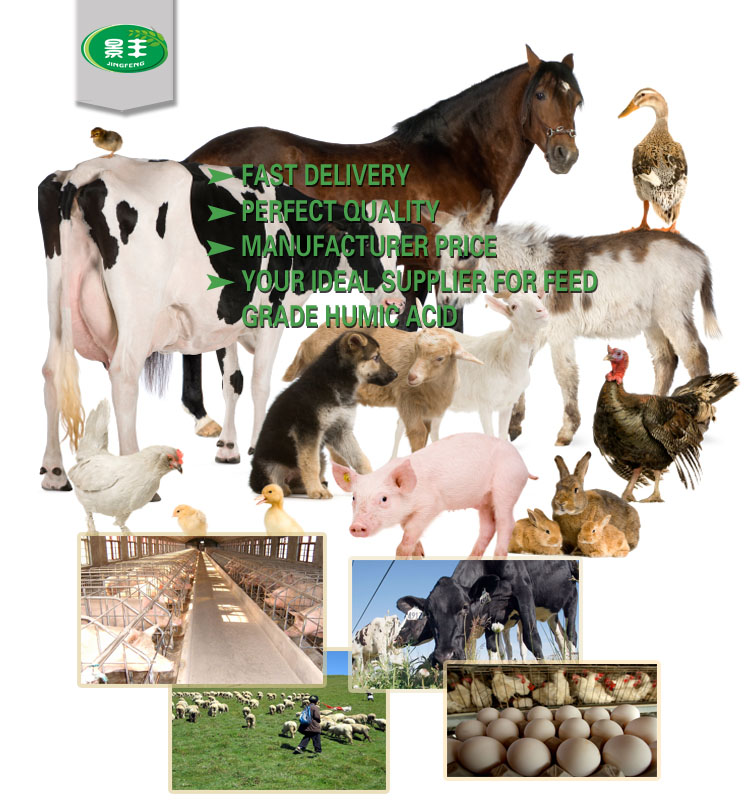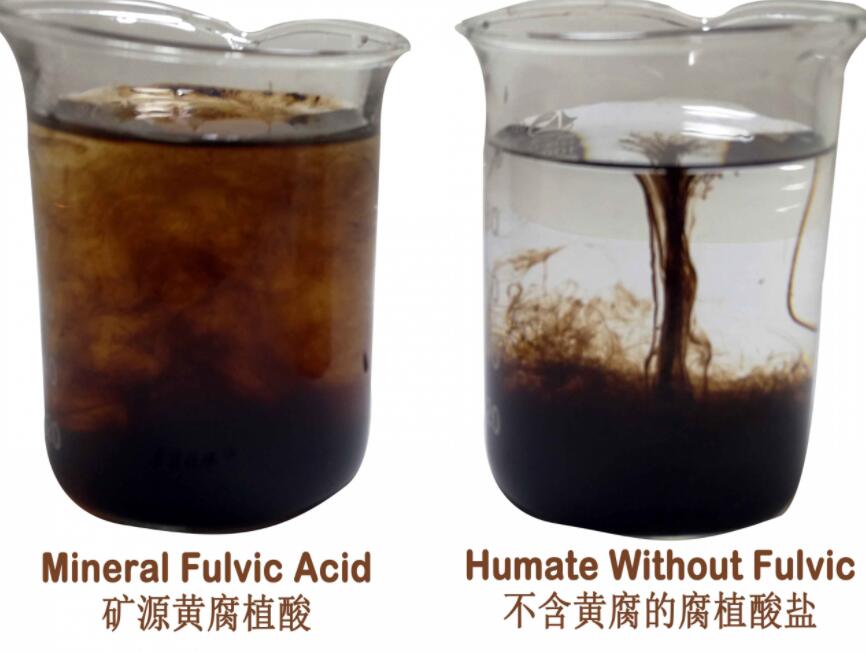Fulvic acid (FA)is an organic compound that occurs naturally in soil. It has been shown to improve plant growth and reduce stress on plants. It is the component with the smallest molecular weight, the largest activity, the best water solubility, and the strongest anti-flocculation ability in humic acids products. It is the essence of the effective ingredients of humic acid. When applying fulvic acid for plants, it has obvious benefits for plants.
-
Fulvic acid benefits for plants: Improve the quality of crops
Fulvic acid enhances the synthesis of sugar, starch, protein, fat and various vitamins. It can stimulate the activity of polysaccharidase and convert polysaccharides into soluble monosaccharides. Thereby increasing the sweetness of fruits; increasing the ratio of total sugars to nicotine and potassium to chlorine in tobacco leaves, improving the quality of tobacco leaves; increasing the total content of watermelon, cantaloupe and other fruits sugar content and vitamin C content.
2.Fulvic acid benefits for plants: Regulate enzymatic reactions and enhance plant life activities

Enzymes are the biological catalysts for plant life activities, and the size of the enzyme’s action is expressed by its activity. Fulvic acid can stimulate the activity of polysaccharidase, hydrolyze the pectin of the young cell wall, soften the cell wall, make the cell easy to elongate and divide, and grow vertically and horizontally. So it has a significant effect on promoting the growth of young cells in new tissues.
Fulvic acid contains a large number of carboxyl groups, which can inhibit the activity of auxin oxidase, reduce the damage of auxin and increase the content, which is conducive to the growth of roots and stems. So that crops can grow roots faster, with more secondary roots, increased the weight of roots, and root elongation.
Fulvic acid can promote the activities of sugar invertase, starch phosphorylase and some enzymes related to protein and fat synthesis, and increase the synthesis and accumulation of sugar, starch, protein, fat, nucleic acid, vitamins and other substances. And it will promote the activity of transferase, accelerate the transfer of various metabolites from stems, leaves or roots to fruits and grains, and have a direct impact on increasing and improving the yield and quality of crops.
3.Fulvic acid benefits for plants: Increase chlorophyll content and promote photosynthesis
Fulvic acid can promote the absorption and operation of trace elements by plants, significantly increase the chlorophyll content of leaves, and inhibit the activity of proteolytic enzymes, which slows down the decomposition of chlorophyll.
Fulvic acid can improve the activity of protective enzymes and reduce the damage of active oxygen to chlorophyll. These are all conducive to maintaining and increasing chlorophyll content, promoting photosynthesis, and increasing the accumulation of photosynthetic products.

4.Fulvic acid benefits for plants:Enhance respiration
Fulvic acid can enhance the activity of respiratory enzymes, especially the activity of terminal oxidase, thereby enhancing the respiration, continuously releasing energy and producing many intermediate products, which are provided to plants for life activities. The respiration effect is stronger, thereby promoting the absorption function of the root and the synthesis of substances.
5.Fulvic acid benefits for plants: Promote the absorption and transportation of mineral elements
Many trace mineral elements such as Fe, Cu, Zn, Mn, B, Mo and so on. They are components of enzymes or coenzymes involved in plant metabolism, or have an important impact on the activity of multiple enzymes and plant stress resistance, and some are components of cell structure materials.
Fulvic acid can form soluble complexes (chelates) with mineral elements in the soil. This effect of fulvic acid improves the absorption of many trace elements by crops. And expert research shows that fulvic acid is the smallest and most active component in humic acid, and it is the essence of the active ingredients of humic acid.
How Does Fulvic Acid Work?
FA works by increasing the uptake of nutrients into the roots of plants. This helps them absorb more water and nutrients from the soil. It also reduces the effects of salt stress, which is when plants do not receive enough water because of high levels of salt in the soil.






